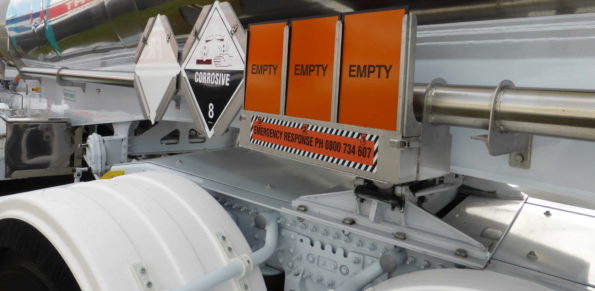The rules and guidelines for loading trucks and trailers are contained in the Load Restraint Guide which you can find here. If you are loading your truck with a forklift or crane (or someone else is for you), there are many things to think about, including the fact that, as the driver, you are ultimately responsible for the load. If you see a loader doing something dangerous, you must stop them and resolve the situation as you will be the one fined if you are stopped with an unsafe load or if your load causes a crash or property damage.
When loading, you need to consider:
- Load distribution and composition
- How you will restrain the load
- Axle loading
- Truck and/or trailer characteristics
- Dangerous goods
- Static roll threshold
- How you will unload the load.
Load distribution and composition
The safest way to carry a load is if it’s distributed as evenly as possible with the centre of gravity as low and as close to the centre line as possible. If the load is front heavy, it can reduce traction on the rear wheels and put too much weight through the front axle (especially if you are in a smaller rigid vehicle that only has single tyres supporting the front of the vehicle.) If the load is too far back, it lifts the front wheels, making braking and steering less effective. If you load too much on one side, the vehicle will lean and is more likely to roll when turning.
Of course, an unevenly distributed load can overload a specific tyre or dual tyres, leading to delamination of the tyre and excess wear on the suspension.
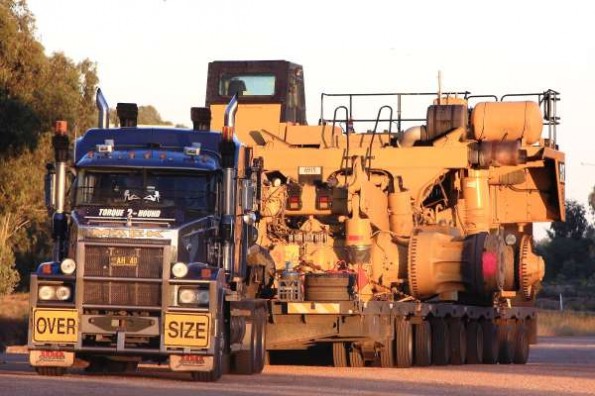
Load restraint and load security
Do you have enough load securing devices like chains, ropes or webbing/straps to give enough load security?
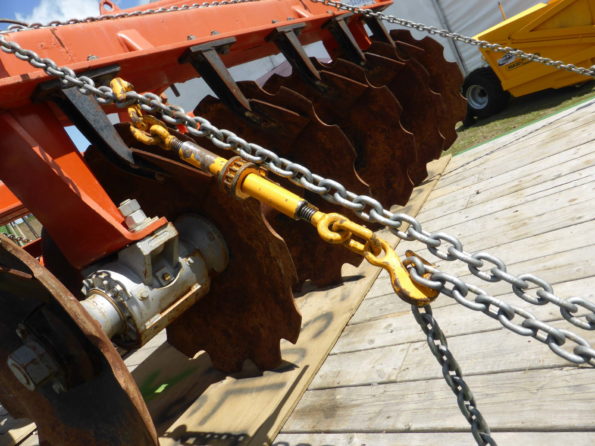
The Performance standards state that your load restraints must be able to restrain 80% of the weight forwards, 50% of the weight sideways and rearwards and 20% of the weight upwards, assuming the load is blocked in the forward direction. For example, if you are carrying 20,000kg, your load restraints should be able to withstand 16,000kg forward, 10,000 kg sideways and backwards, and 4000kg upwards.
If you are using curtains, check the rating and ensure the load is not able to move and lean against the curtain.
Axle loading
The load on each axle should not exceed the maximum mass limits. For example, a tandem axle group with dual tyres will support 15,000kg on a pig trailer (one with one axle set in the middle) or 16500kg on any other trailer.
The loader should be aware of any heavy points in the load. Overloading a tyre causes it to heat up and it will eventually delaminate.
Using the tare weight of the truck or trailer, you can roughly estimate how much load is already on that axle or axle set.
Truck and trailer characteristics
The type of truck and trailer, as well as the type of load, will affect how it is loaded. A chilled semitrailer is likely to be loaded from a dock through the back doors using a forklift, whereas a bulk tipper is likely to be loaded using a front-end loader from the top.
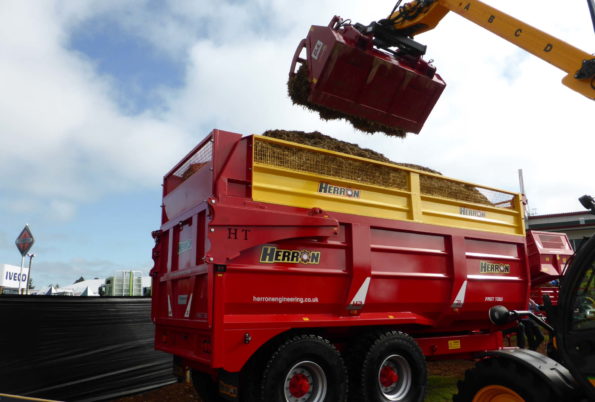
The loader doesn’t want to damage your truck, but they may not be aware of the specifics about it. If you have any requirements about how your truck should be loaded, discuss them with the loader.
Before loading, check that your truck is level; loading on a gradient can cause the load to move unexpectedly before it is secured.
If you are using a forklift to load, check any bridge plates, ensure that the mast is not too tall if you are going to drive into the trailer and be careful not to damage things like toolboxes and fuel tanks by clumsily bumping the forklift or loader into them.
Dangerous or hazardous goods
If you are transporting dangerous goods, they need to be carried in accordance with the Australian Dangerous Goods code.
Different types of dangerous goods may need to be separated from one another by a minimum distance or carried in a segregation device. Some dangerous goods cannot be carried in the same vehicle.
When carrying dangerous goods, you must display the appropriate placards.
Static roll threshold
Static roll threshold is the point at which a truck will roll over while travelling around a constant corner at a steady speed. You can calculate the requirements for your vehicle or trailer here; it’s always a minimum of 0.35G.
SRT might mean you can’t load your truck or trailer to the top. Check the table to see how high and how heavy your load can be. For example, you might be able to load 18,000kg to 4.23m, but if it’s 25,000kg it might be a maximum of 3.75m.
Take particular care if you have a mezzanine floor.
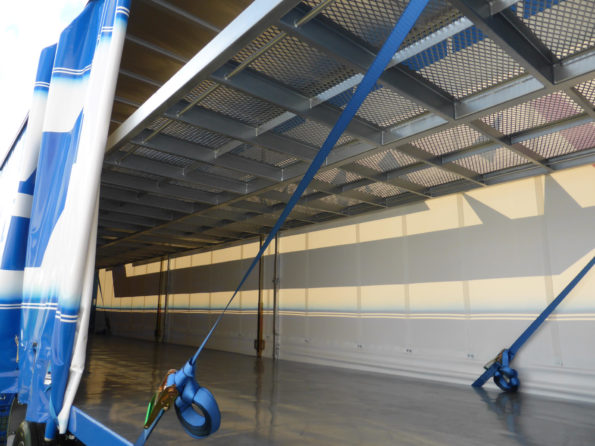
Unloading the load
Load with the end in mind. The first things to come off the truck should be the most accessible items in the load. But, as you remove items from the vehicle make sure that the remaining items don’t become unbalanced.
